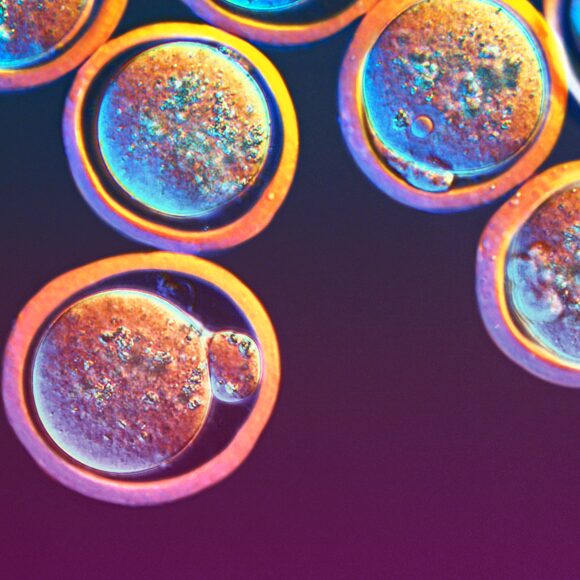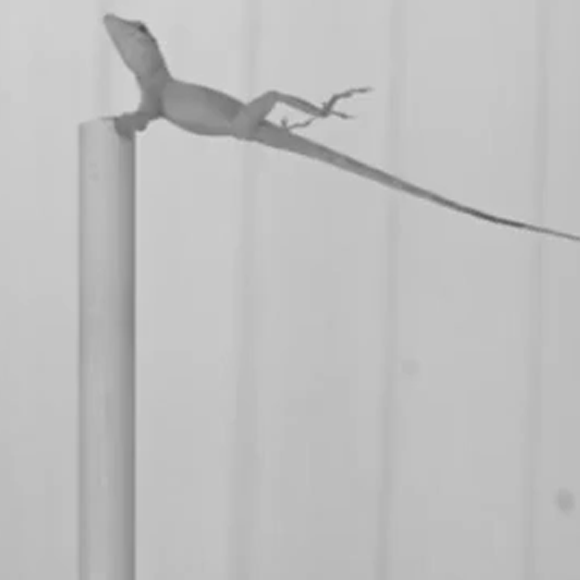Biotechnology in the Kitchen
Many associate biotechnology with stern-looking scientists in white coats, performing peculiar experiments in advanced laboratories. However, it turns out you can also initiate biotechnological processes from the comfort of our own kitchen, no lab coats or expensive equipment required.

Choose the correct answer. The products of the fermentation process are:
Sugar and oxygen
Well Done! Partial Correct Answer Correct Answer Incorrect Answer
Sugar and CO2
Well Done! Partial Correct Answer Correct Answer Incorrect Answer
Ethanol and Oxygen
Well Done! Partial Correct Answer Correct Answer Incorrect Answer
Ethanol and CO2
Well Done! Partial Correct Answer Correct Answer Incorrect Answer
Choose all the correct answers. Yeast’s contribution to the rising of dough is done by:
Receiving oxygen during aerobic respiration.
Well Done! Partial Correct Answer Correct Answer Incorrect Answer
Emission of oxygen during aerobic respiration.
Well Done! Partial Correct Answer Correct Answer Incorrect Answer
Emission of CO2 during fermentation process (anaerobic respiration).
Well Done! Partial Correct Answer Correct Answer Incorrect Answer
Emission of CO2 during aerobic respiration.
Well Done! Partial Correct Answer Correct Answer Incorrect Answer
Below are several steps in the process of curdling:a. Lump formationb. Bacterial breakdown of lactosec. Addition of bacteria to the milkd. Addition of the renin enzyme e. Creation of lactic acidf. Straining to remove waterThe correct order of the steps is: (choose the correct answer)
B, C, E, D, A, F
Well Done! Partial Correct Answer Correct Answer Incorrect Answer
C, E, D, B, A, F
Well Done! Partial Correct Answer Correct Answer Incorrect Answer
C, B, E, D, A, F
Well Done! Partial Correct Answer Correct Answer Incorrect Answer
C, A, B, D, E, F
Well Done! Partial Correct Answer Correct Answer Incorrect Answer
It appears that the first discovery of the process of cheese-making occurred by accident, roughly 8,000 years ago. It is possible that the humans that first domesticated sheep were nomads, who used to store their milk and other foods in sacks made, among other things, from sheep stomachs. Apparently the stomach of sheep (especially lambs who were still being nursed) contains an enzyme named renin that breaks down the milk protein, casein, causing coagulation.
Read about this and more in the following link: What is cheese?
Biotechnology in the kitchen- An interactive Video
Play VideoActivity Overview
In this video the pupils will be introduced to the contribution of microorganisms (yeasts and bacteria) to the creation of food. The video explains how the processes of yeasts fermentation lead to the rising of bread dough, the production of alcohol required in manufacturing of wine and beer, the manufacturing of wine vinegar, the making of cheeses and yogurts and the process of pickling vegetables. The video contains three multiple-choice questions that can be answered based on the information in the video, in addition to a mix-and-match question and a “Did you know?” interaction.
Flavor, microorganisms, sugar, yeast, carbohydrates, Energy, fungi, oxygen, cellular respiration, anaerobic respiration, fermentation, alcohol, carbon dioxide, water, gluten, wine, bacteria, Acetic acid, Ethanol, vinegar, lactose, chemicals, milk, Acid, Protein, renin, mammals, cheese, mold, biotechnology, yogurt
Knowledge building



